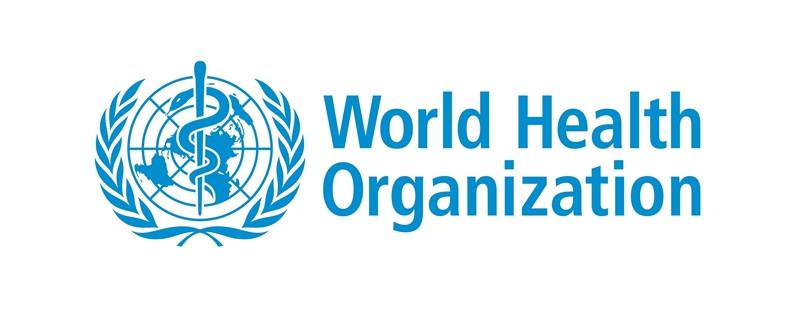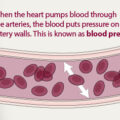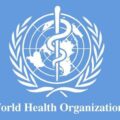Hypertension, also known as high or raised blood pressure, is a condition in which the blood vessels have persistently raised pressure. Blood is carried from the heart to all parts of the body in the vessels. Each time the heart beats, it pumps blood into the vessels. Usually, hypertension is defined as blood pressure above 140/90 and is considered severe if the pressure is above 180/120. High blood pressure often has no symptoms. Over time, if untreated, it can cause health conditions, such as heart disease and stroke.
Blood pressure is created by the force of blood pushing against the walls of blood vessels (arteries) as it is pumped by the heart. The higher the pressure, the harder the heart has to pump. Hypertension is a serious medical condition and can increase the risk of heart, brain, kidney, and other diseases. It is a major cause of premature death worldwide, with upwards of 1 in 4 men and 1 in 5 women – over a billion people – having the condition. The burden of hypertension is felt disproportionately in low- and middle-income countries, where two-thirds of cases are found, largely due to increased risk factors in those populations in recent decades.
What Are the Symptoms and Signs of Hypertension?
Hypertension may not produce any symptoms, even if you have had it for years. That’s why it is sometimes referred to as a “silent killer.” It’s estimated that 1 out of every 5 people with high blood pressure aren’t aware that they have this major risk factor for strokes and heart attacks. If not properly treated, high blood pressure can damage the heart and circulation, lungs, brain, and kidneys without causing noticeable symptoms. Symptoms of high blood pressure may be present in those who have an extremely high blood pressure. Symptoms of extremely high blood pressure include the following:
- Severe headaches
- Fatigue
- Vision problems
- Chest pain
- Difficulty breathing
- Irregular heartbeat
- Blood in the urine
- Pounding in the chest, neck, or ears
What Causes a Hypertension?
Blood pressure is given as a reading of two numbers, such as 110/70. The higher number (systolic) is the pressure when the heart beats. The diastolic, or lower number shows the pressure between the heartbeats, while the relaxed heart is refilling with blood. Normal blood pressure readings are lower than 120/80. The cause of most hypertension is unknown. Occasionally, conditions of the kidney or adrenal gland are the cause of high blood pressure.
There are several factors that may cause high blood pressure, but the exact cause is unknown. The following factors may increase one’s risk for high blood pressure:
- Smoking
- Overweight or obesity
- Lack of physical activity
- Too much salt consumption
- Too much alcohol consumption (more than 1 to 2 drinks per day)
- Stress
- Older age
- Genetics
- Family history of high blood pressure
- Chronic kidney disease
- Adrenal and thyroid disorders
- Sleep apnea
What Is a Malignant Hypertension?
You are considered to have hypertension if your systolic blood pressure measurements are between 130 and 139 or your diastolic measurement falls between 80 and 89. At this level of blood pressure, you may not have any symptoms. When blood pressure reaches 180/120 or higher, a serious condition known as malignant hypertension or hypertension crisis may occur. This can lead to stroke, kidney damage, heart attacks, or loss of consciousness. If you measure your blood pressure and it is this high, rest a few minutes and measure again.
What Is a Pulmonary Hypertension?
Abnormally elevated pressure in the pulmonary circulation is referred to as pulmonary hypertension. This condition affects the arteries in the lungs and the right side of the heart. Pulmonary hypertension is caused by changes in the cells that line the pulmonary arteries. These changes cause the walls of the arteries to become stiff and thick, extra tissue may also form. This can reduce or block blood flow through the blood vessels. Increased blood pressure is then caused because it is harder for blood to flow. Pulmonary hypertension can be an associated condition with scleroderma, sarcoidosis, pulmonary embolism, and dermatomyositis.
What Is Portal Hypertension?
The portal venous system contains veins coming from the stomach, intestine, spleen, and pancreas. These veins merge into the portal vein, which branches into smaller vessels and travel through the liver. Portal hypertension occurs when there is an increase in the blood pressure within the portal venous system. When the vessels in the liver are blocked due to liver damage, blood cannot flow properly through the liver. This causes high blood pressure in the portal system.






